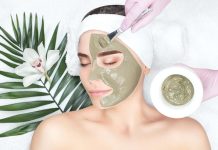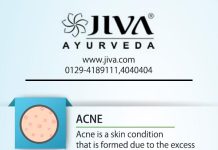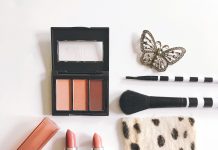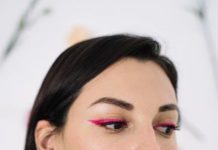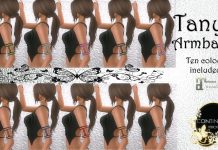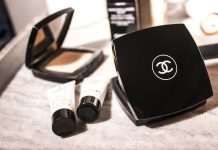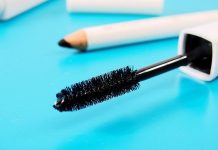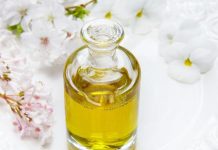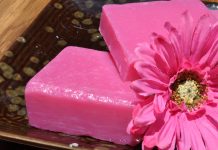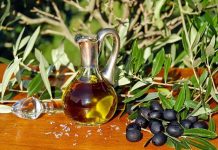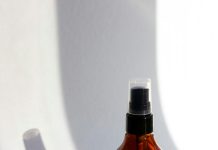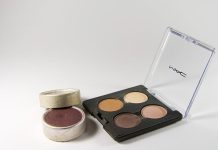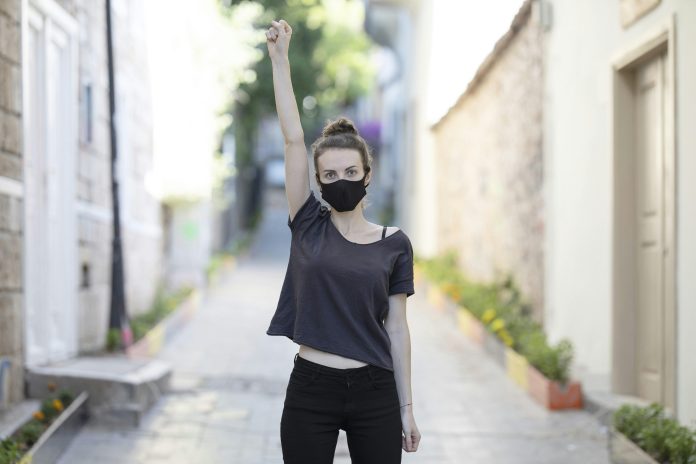In the world of beauty, our hair often plays the role of a canvas, shaped and styled to reflect our personalities and moods. Yet, in the quest for the perfect look, we sometimes subject our locks to the harsh realities of daily heat styling. From blow dryers to flat irons, these tools can transform but also threaten the health of our hair. This article unveils the secrets to shielding your tresses from heat damage, ensuring that style and strength go hand in hand. Discover how to maintain the vibrancy and vitality of your hair while embracing the versatility that modern styling offers.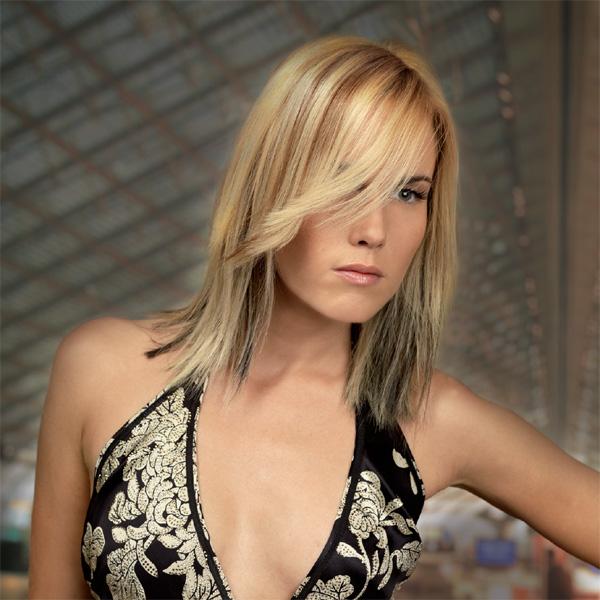
Choosing the Right Heat Tools for Your Hair Type
Understanding your hair type is crucial when selecting heat tools to minimize damage while achieving your desired style. For those with fine hair, opt for tools with adjustable heat settings. This allows you to use the lowest effective temperature to style your hair without causing unnecessary stress. Look for tools with ceramic plates or barrels, as they distribute heat evenly, reducing the risk of hot spots that can lead to breakage.
- Thick or coarse hair: Choose tools with higher temperature settings, which help to manage and style more resistant hair types effectively.
- Curly hair: Consider using a diffuser attachment on your blow dryer to maintain natural curl patterns while minimizing frizz.
- Textured or kinky hair: Ionic technology can be beneficial, as it reduces drying time and helps to maintain moisture in the hair shaft.
Always prioritize tools with protective technologies like tourmaline or titanium, which not only style but also safeguard your hair’s health. Investing in the right heat tools tailored to your hair type can make a significant difference in maintaining vibrant, healthy locks.

Mastering Temperature Settings for Optimal Protection
Understanding the ideal temperature for your hair type is crucial to maintaining its health and vibrancy. Different hair types require different levels of heat to achieve the best results without causing damage. Here are some guidelines to help you find the perfect setting:
- Fine or Damaged Hair: Keep the temperature below 300°F (150°C). Fine strands are more susceptible to damage, so lower temperatures help in reducing the risk.
- Normal Hair: A range of 300°F to 375°F (150°C to 190°C) is generally safe. This setting provides enough heat for styling while protecting the hair’s integrity.
- Thick or Coarse Hair: Temperatures between 375°F and 450°F (190°C to 230°C) are often necessary. Thick hair can handle higher heat, but always start lower and increase gradually as needed.
Remember to use tools with adjustable heat settings and incorporate heat protectant sprays into your routine. This will create a barrier against high temperatures and lock in moisture, keeping your hair looking and feeling its best.

Essential Pre-Styling Treatments to Shield Your Strands
Before diving into your daily styling routine, it’s crucial to fortify your strands with the right treatments. Consider incorporating these pre-styling essentials to keep your hair resilient against heat damage:
- Heat Protectant Sprays: A must-have in your hair care arsenal, these sprays create a protective barrier that minimizes direct heat exposure. Look for products with ingredients like silicone or keratin for an added shield.
- Nourishing Oils: Lightweight oils such as argan or coconut can lock in moisture, preventing dryness and brittleness. Apply sparingly to avoid a greasy finish.
- Leave-In Conditioners: Opt for formulas that offer hydration and protection. These conditioners not only detangle but also provide a layer of defense against thermal tools.
Integrating these treatments into your routine ensures your hair remains healthy and vibrant, even under the daily stress of styling.
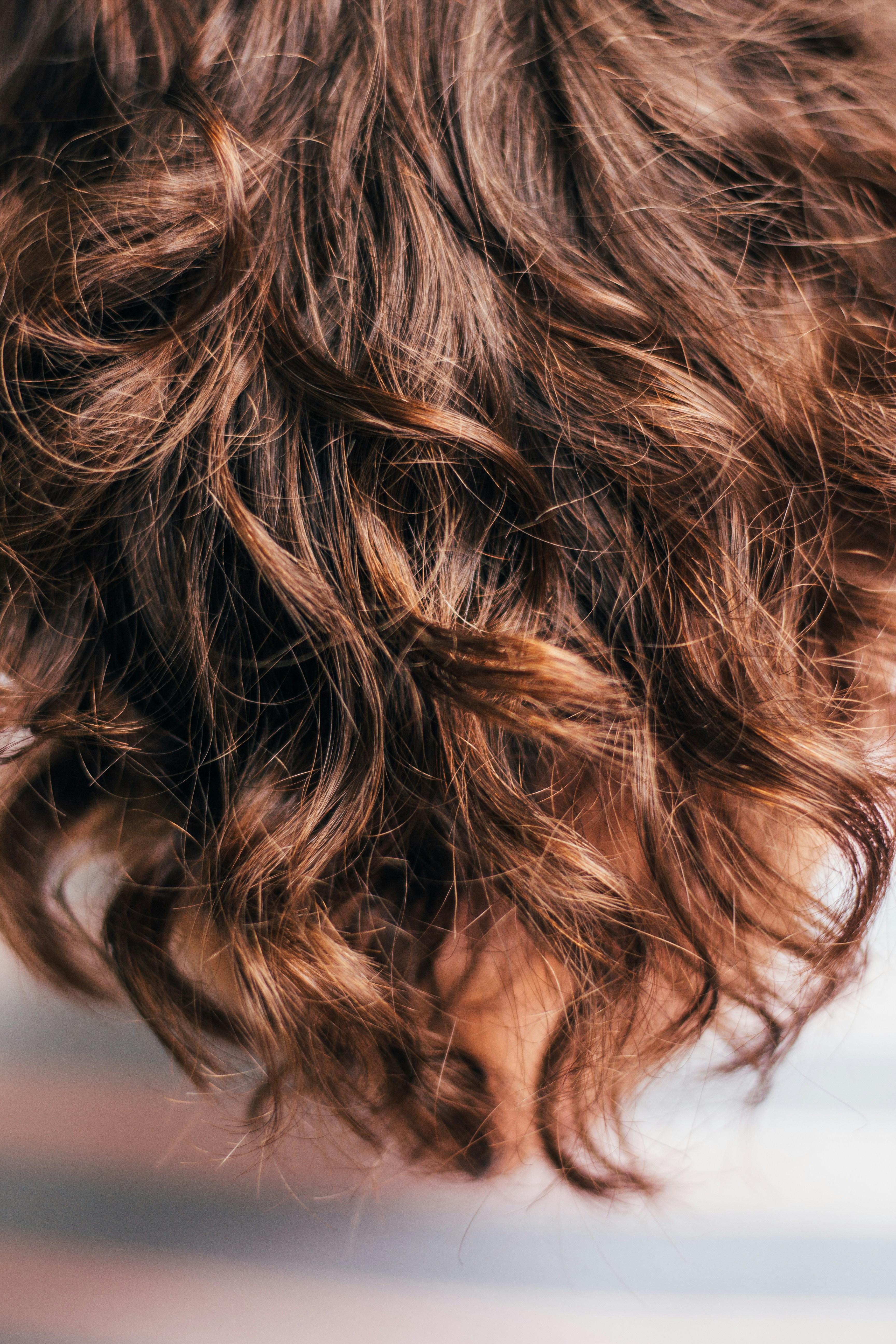
Post-Styling Care to Maintain Hair Health
Once you’ve styled your hair, maintaining its health is crucial to prevent damage and ensure long-term vitality. Start by incorporating a few simple yet effective practices into your routine:
- Cool Down: Allow your hair to cool completely before touching or brushing. This helps set the style and prevents frizz.
- Use Protective Sprays: Spritz on a leave-in conditioner or a UV protectant spray to shield your hair from environmental stressors.
- Gentle Detangling: Opt for a wide-tooth comb or a brush designed for wet hair to gently remove any tangles without causing breakage.
- Hydration is Key: Apply a nourishing hair oil or serum to lock in moisture and add shine, especially on the ends.
Integrating these steps into your post-styling care routine will not only keep your hair looking fabulous but also promote healthier, more resilient strands over time.

